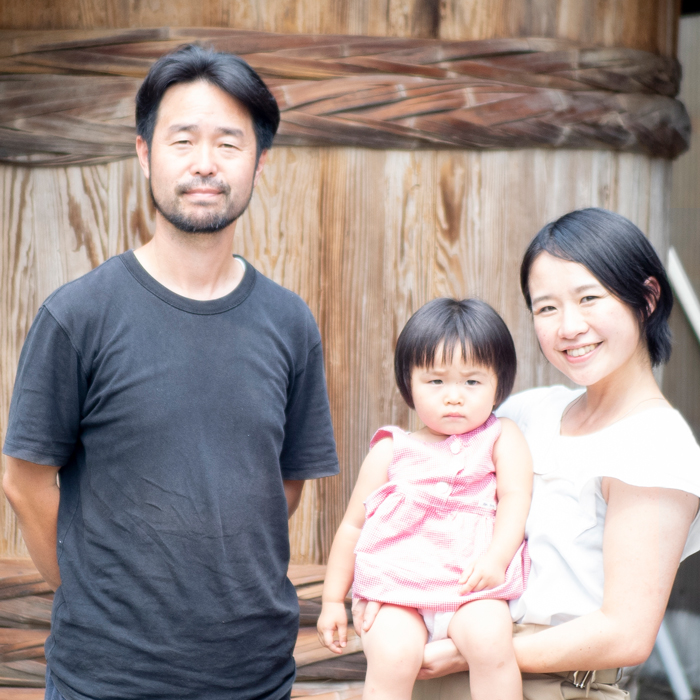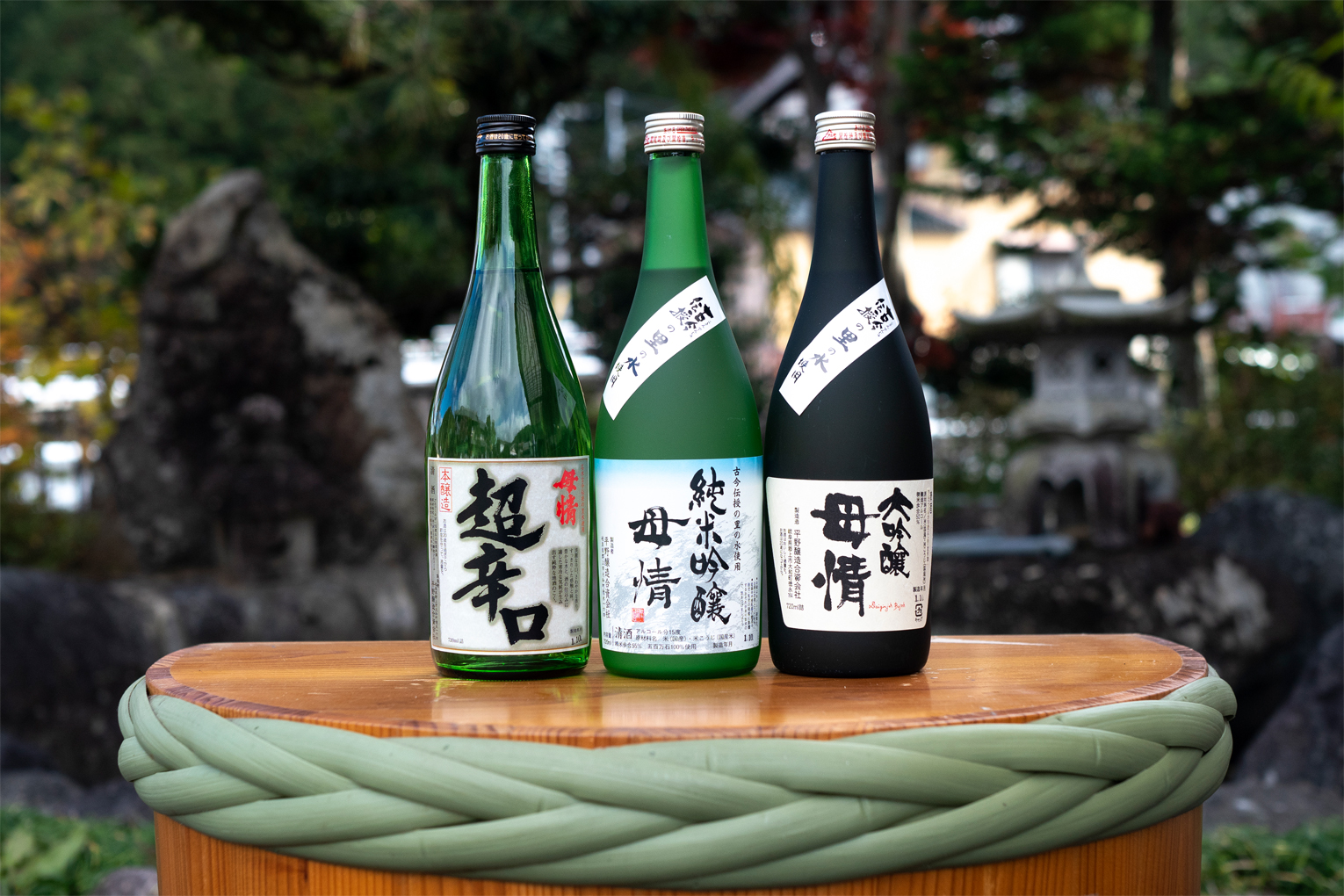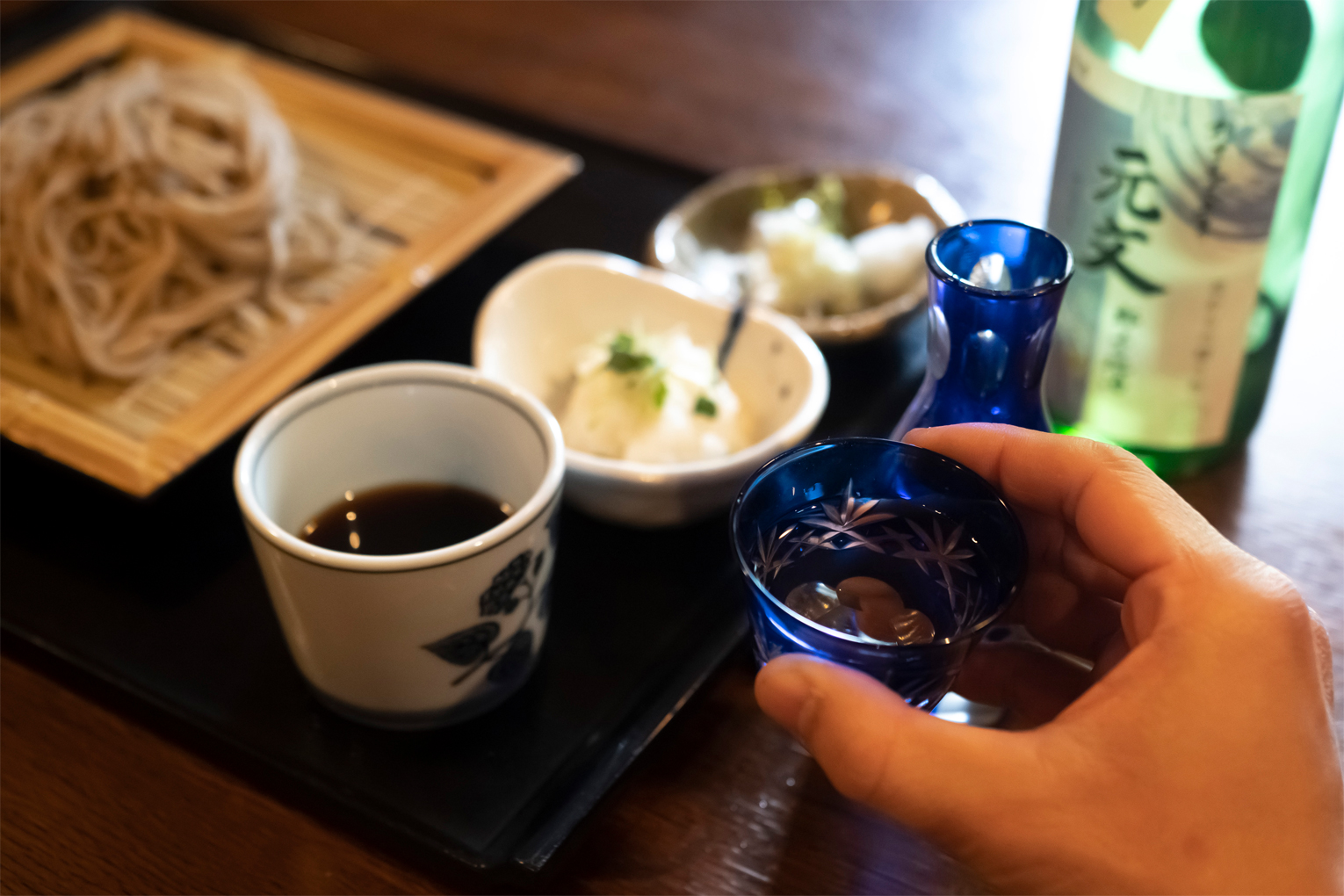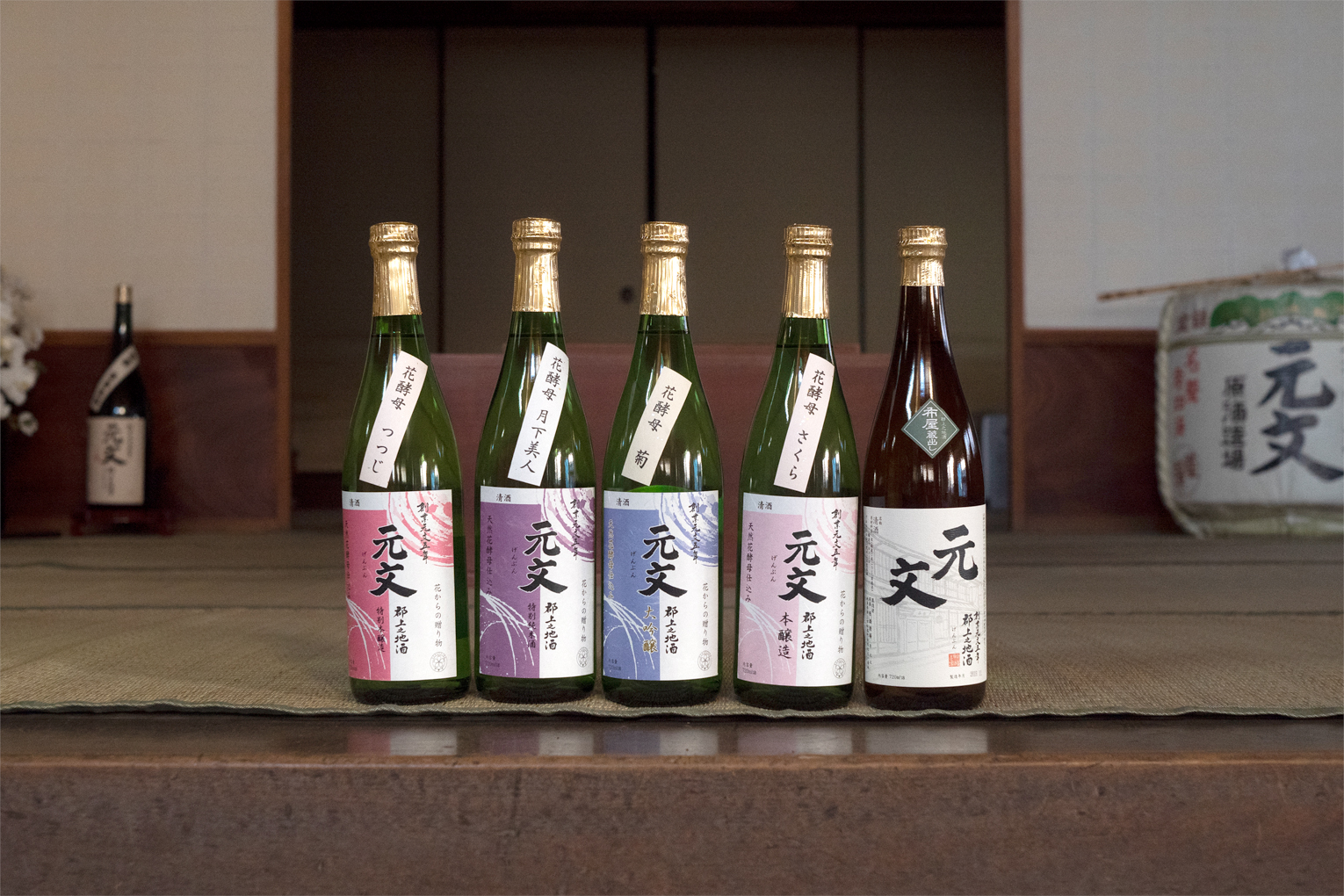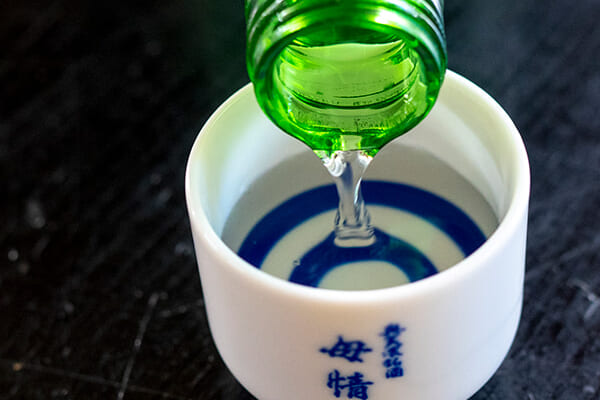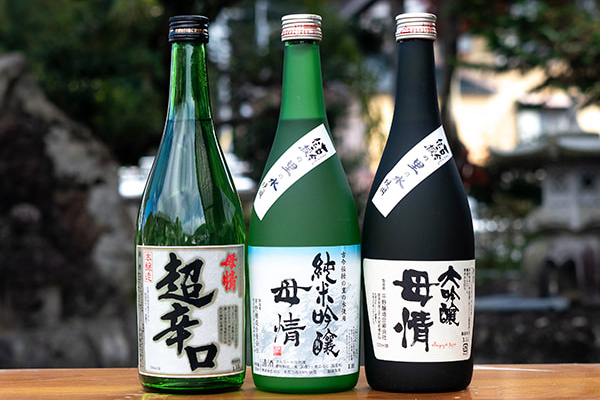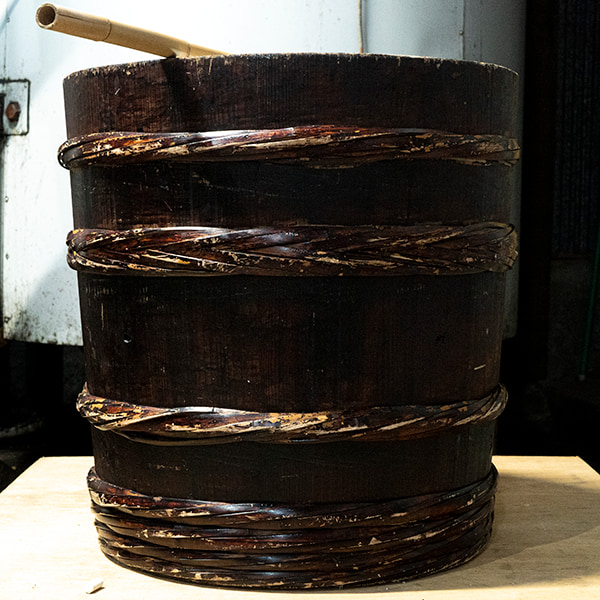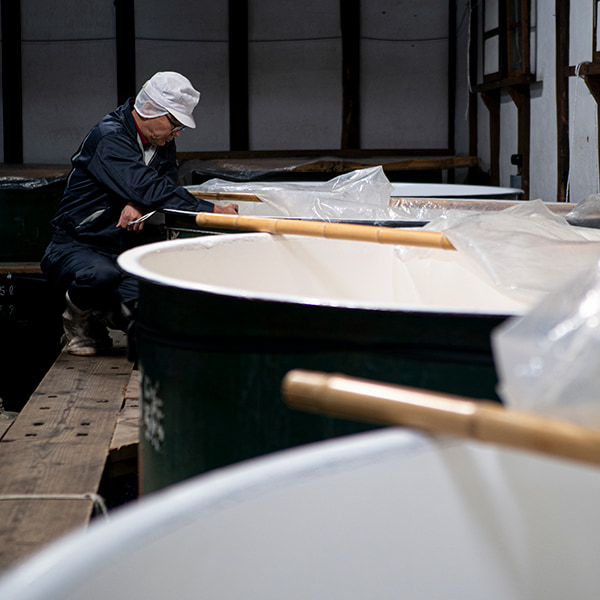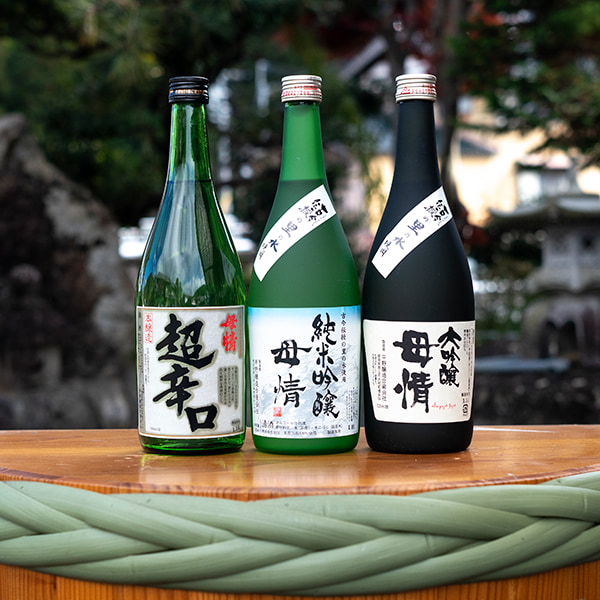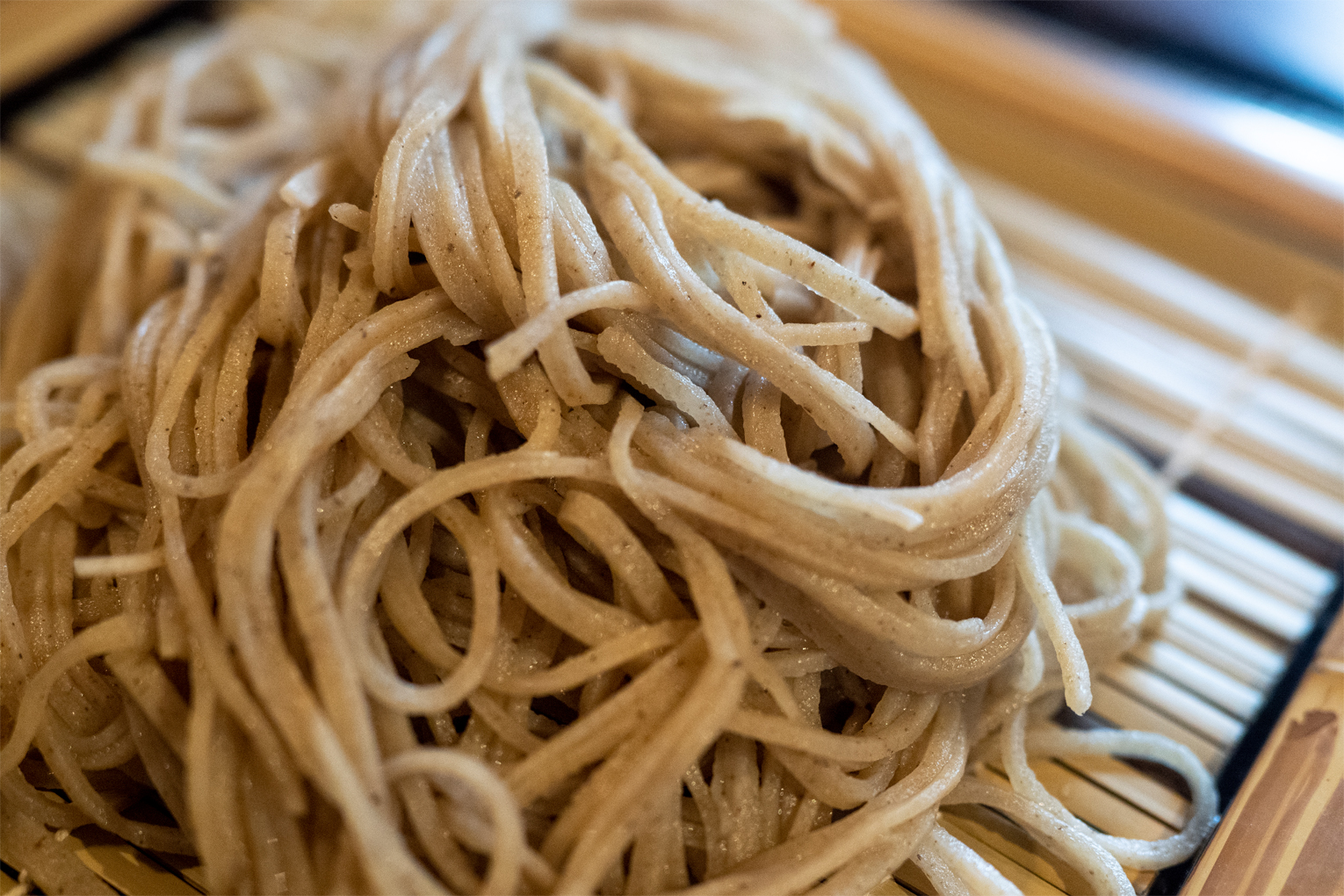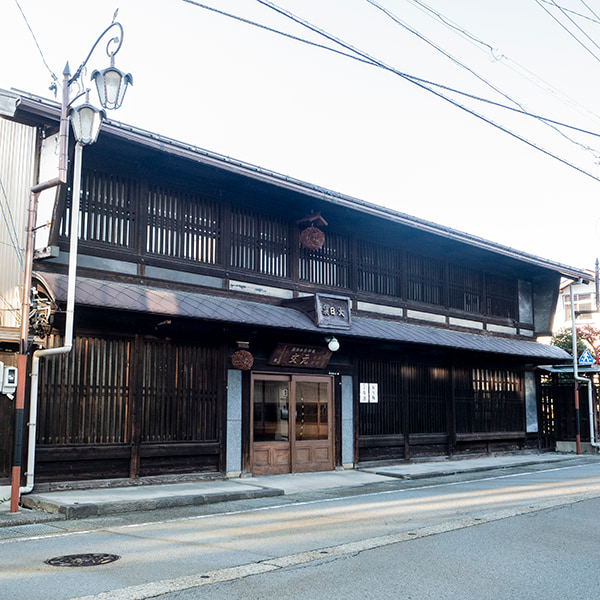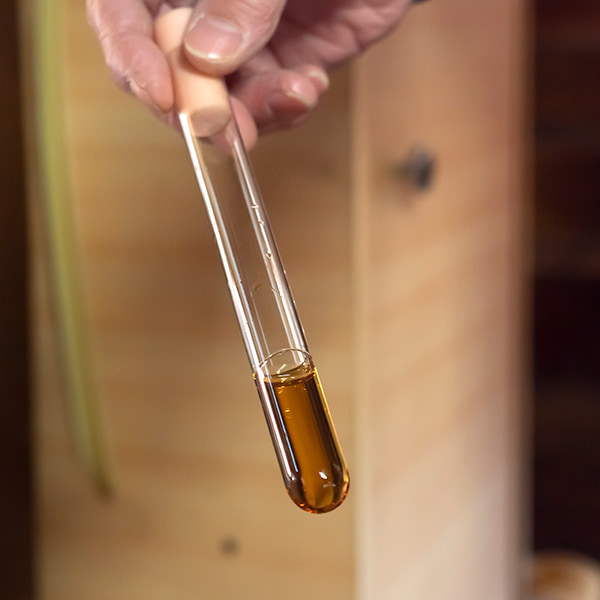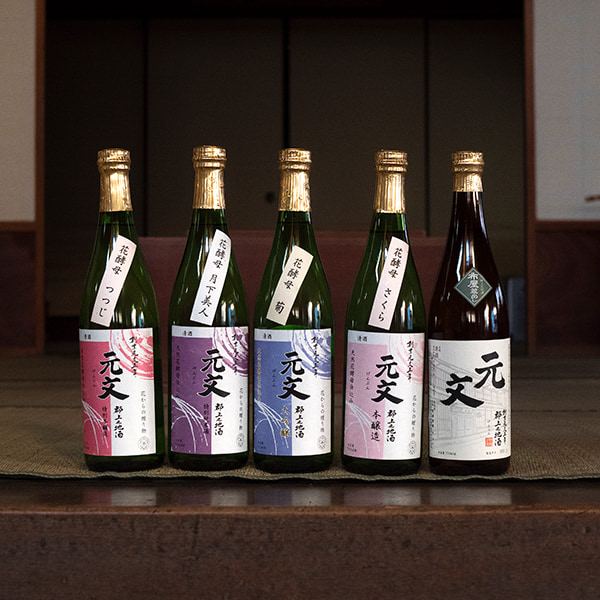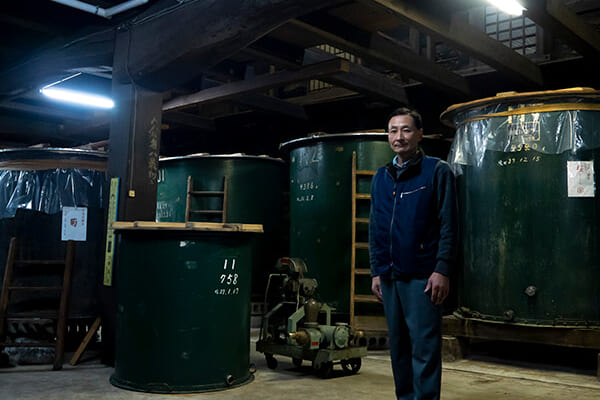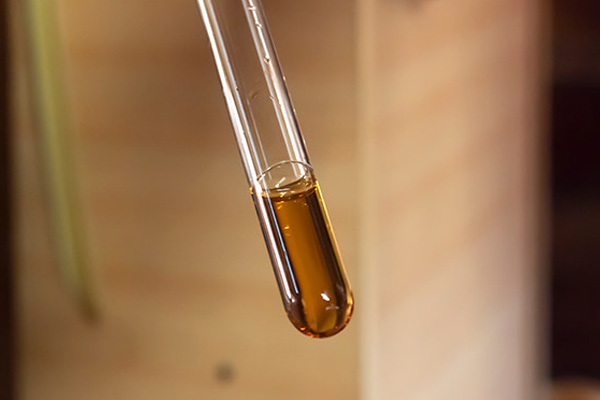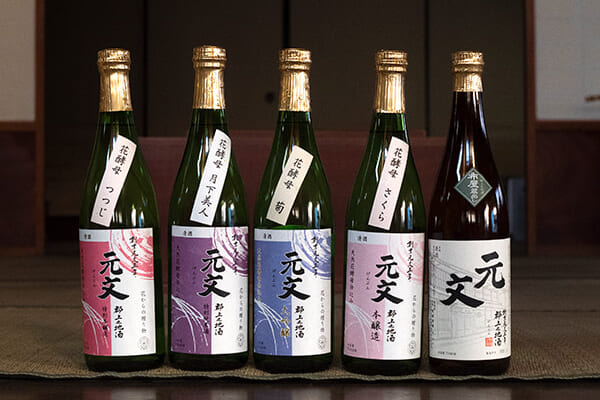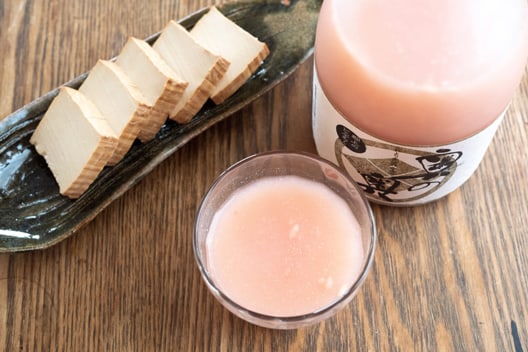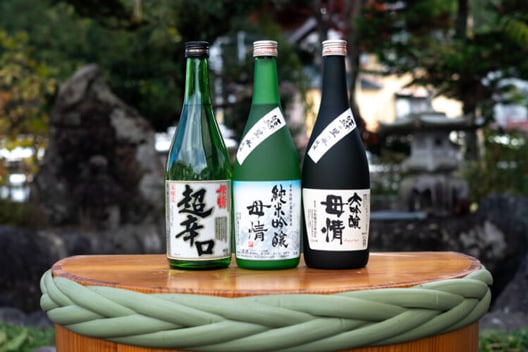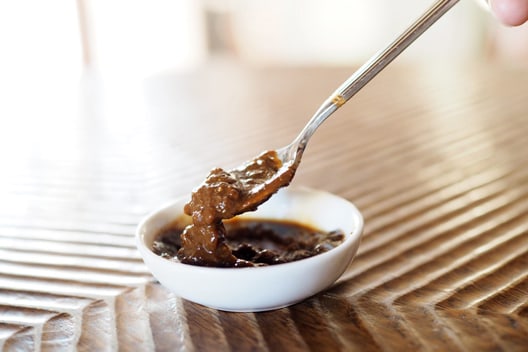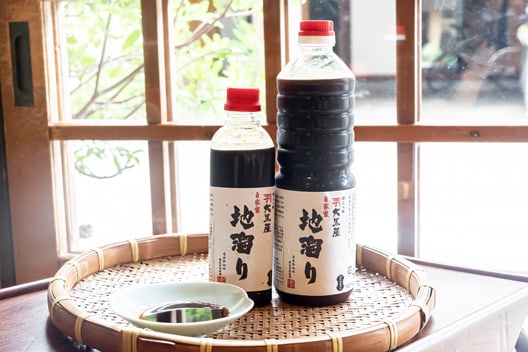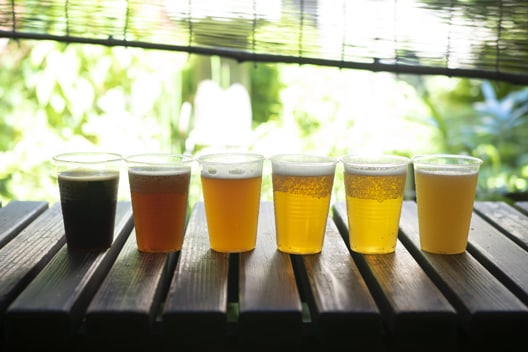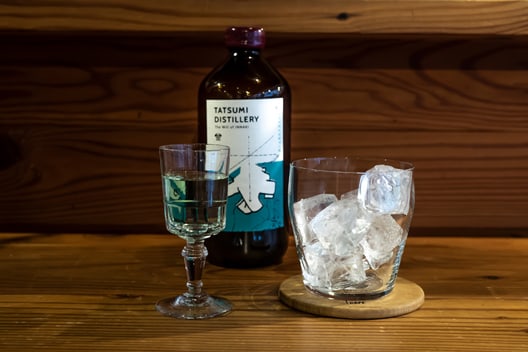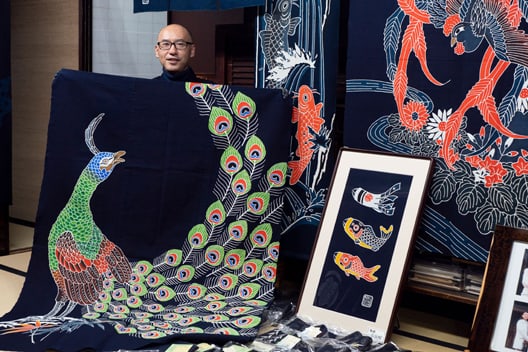After I know that the local Gujo fermented food, miso and soy sauce, has a strong flavor but when you cook it, it will change into smooth and mild, I want to know more about another kind of fermented food “Sake” in Gujo. Sake is one of the most difficult fermented food to make requiring delicate procedures. Knowing local sake is one of the ways to know Gujo! Let us visit the two more sake brewers here.
The first one “Hirano Jozo (Hirano Brewery)”, producing “Bojoh”, is the most well-known sake brewery among the locals. The second one is “Nunoya Harashuzojo (Nunoya Hara Brewery)” brewing “Genbun”. If you know well about Japanese sake, you must have heard of these two famous sake breweries.


